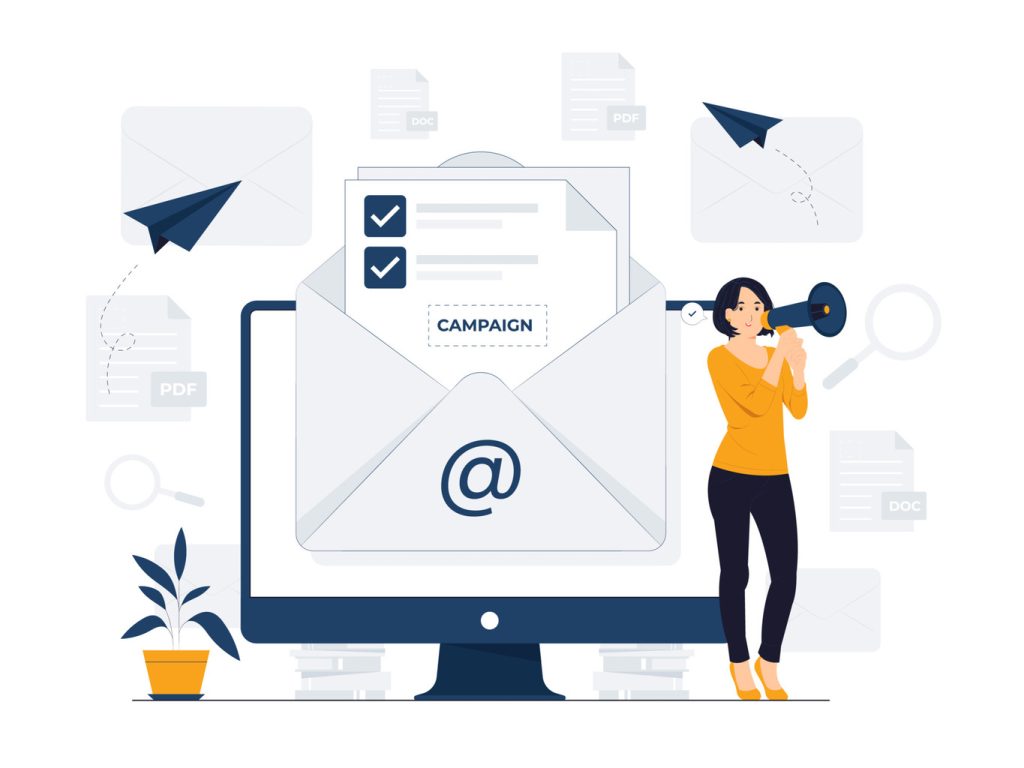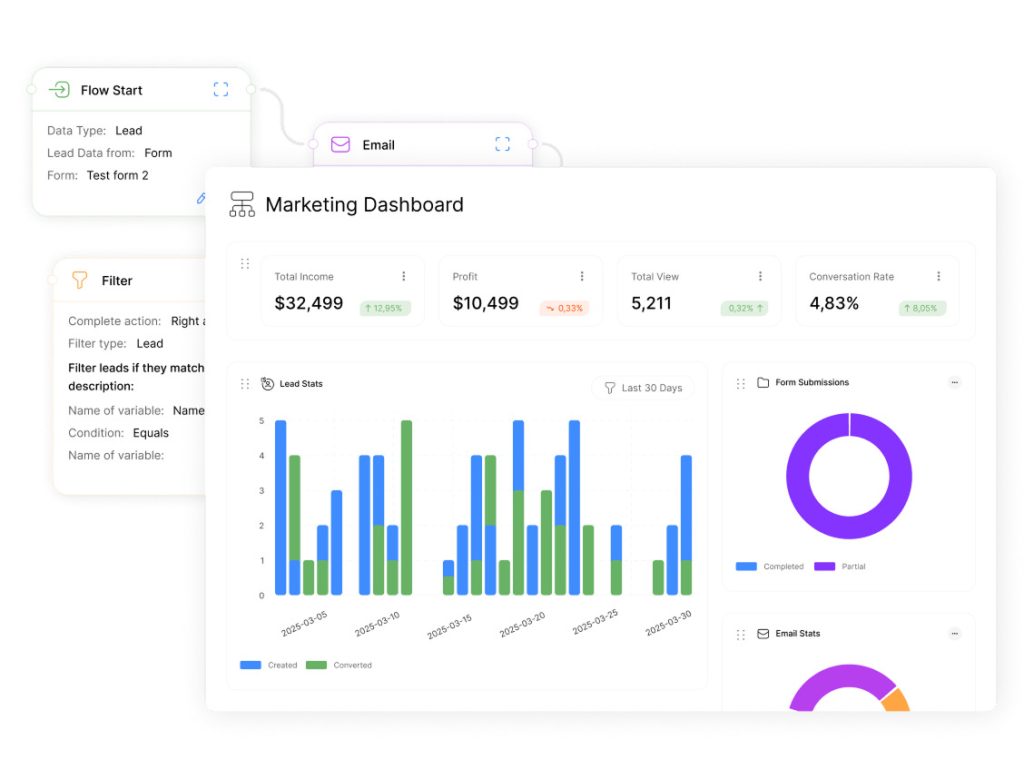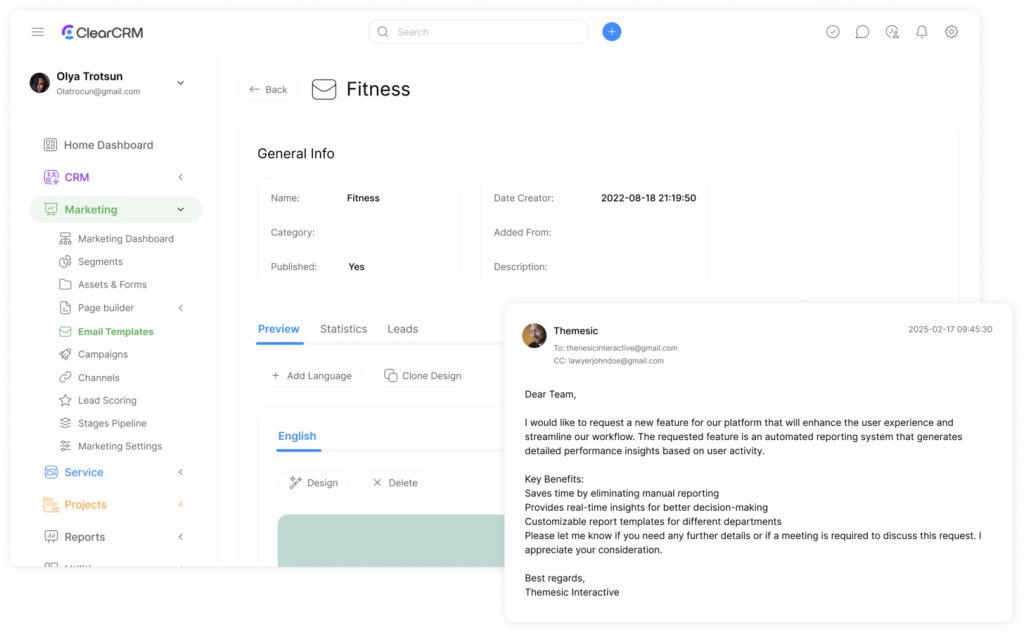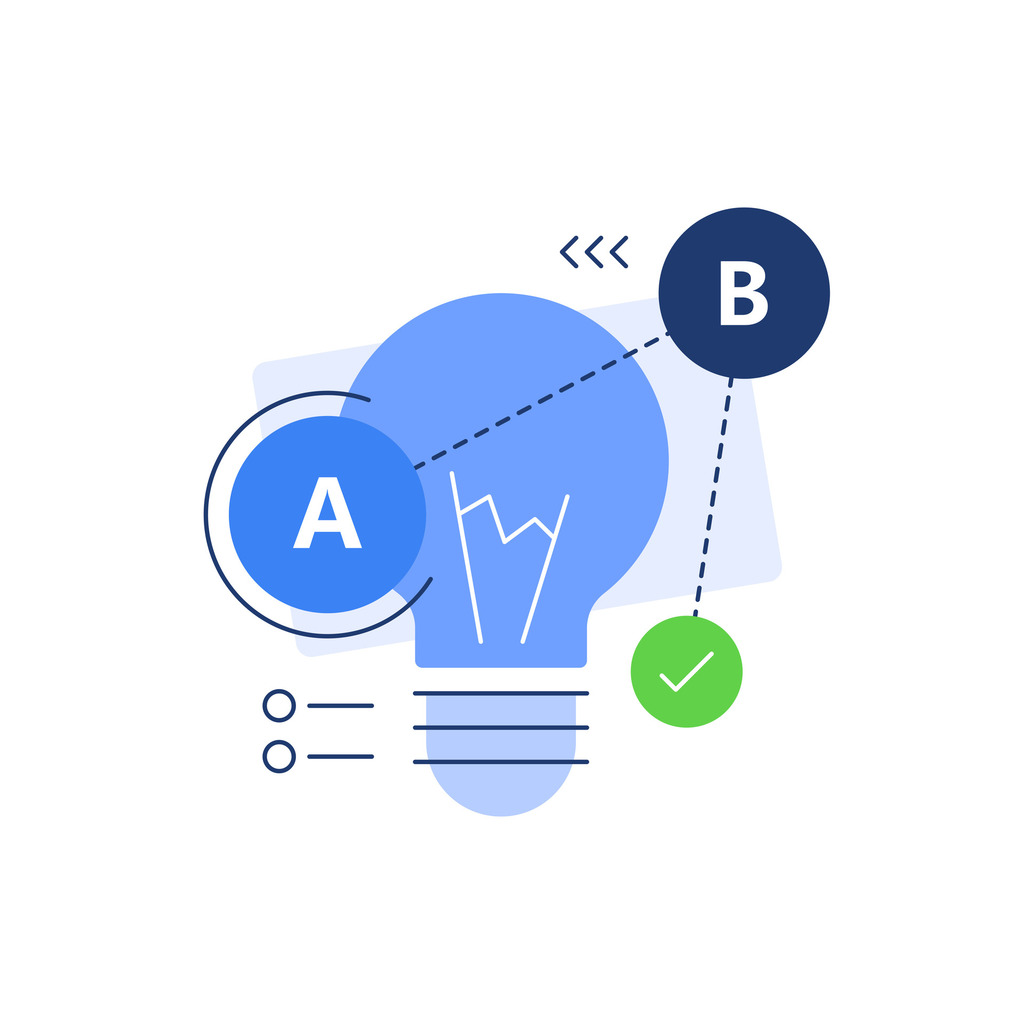How to Create Effective Targeted Email Campaigns

Personalized communication through targeted email drives modern marketing success. Businesses that tailor messages to subscriber behavior generate 40% more revenue than competitors relying on generic outreach. Yet only 6 in 10 companies use activity-based personalization, leaving ample room for growth-focused organizations to stand out.
Strategic email marketing hinges on relevance. By analyzing demographics, purchase history, and engagement patterns, companies craft content that resonates with specific target audiences. This approach transforms standard newsletters into relationship-building tools, fostering trust and encouraging repeat interactions.
High-performing campaigns require meticulous planning. Marketers achieve measurable results through audience segmentation, A/B testing, and performance tracking. These steps ensure messages align with customer needs while maintaining brand consistency across touchpoints.
Organizations excelling in this space see tangible benefits. Improved retention rates and higher conversion numbers directly impact profitability. Data-driven adjustments further refine outreach efforts, creating a cycle of continuous improvement.
Key Takeaways
- Personalized messaging generates 40% more revenue than generic campaigns
- Behavior-based segmentation improves open rates and click-throughs
- Ongoing optimization increases customer retention by 25% on average
- Automated tracking tools enable real-time campaign adjustments
- Consistent branding across emails strengthens audience trust
Introduction to Targeted Email Marketing
Modern businesses thrive on precision messaging. Unlike outdated mass-blast methods, targeted email marketing uses customer insights to deliver hyper-relevant content. Companies adopting this approach see 2.3 times higher click-through rates than those using generic templates.
What Makes This Approach Effective?
Tailored communication starts with audience segmentation. Marketers group subscribers by purchase history, browsing patterns, and demographic data. For example, travel agencies might send ski resort deals to mountain-state residents while promoting beach vacations to coastal customers.
| Metric | Generic Emails | Precision Messaging |
|---|---|---|
| Average Open Rate | 18% | 34% |
| Conversion Rate | 2.1% | 5.8% |
| 6-Month Retention | 22% | 41% |
Operational Advantages
Businesses gain three core benefits through personalized outreach:
- Higher ROI: Every $1 spent generates $42 in returns
- Reduced Unsubscribes: Relevance cuts opt-outs by 37%
- Data-Driven Decisions: Engagement metrics guide content improvements
Retail giant Nordstrom attributes 25% of annual sales to behavior-triggered messages. Their system sends product suggestions based on previous purchases and abandoned carts. This demonstrates how strategic alignment between customer needs and business goals drives success.
The Foundation – Gathering and Analyzing Customer Data

Accurate customer insights separate industry leaders from competitors. Over 70% of businesses report improved conversion rates when using structured data collection methods. This process turns raw information into actionable strategies that align messaging with audience expectations.
Data Collection Techniques
Effective systems capture both direct feedback and behavioral signals. Preference centers let users specify content interests, while surveys reveal unmet needs. Automated tools track metrics like open rates and page visits, creating dynamic profiles that evolve with customer interactions.
Top performers combine three core methods:
- Behavioral tracking: Monitors email engagement, website clicks, and purchase patterns
- Explicit surveys: Asks subscribers about preferences through quarterly questionnaires
- Profile enrichment: Integrates CRM data with email activity for unified insights
Leveraging Analytics for Insights
Advanced platforms identify trends like seasonal buying habits or content preferences. For example, top CRM solutions automatically segment users based on purchase frequency and product categories. This enables marketers to craft messages addressing specific lifecycle stages.
Key analytical focus areas include:
- Identifying high-value customer segments
- Predicting optimal send times through engagement history
- Measuring content resonance across demographics
Companies using these methods see 3x faster decision-making cycles. Regular data audits ensure accuracy, while machine learning models detect emerging patterns before manual analysis could spot them.
Audience Segmentation Strategies
Successful audience division begins with understanding distinct customer characteristics. Marketers achieve 68% higher engagement when using layered segmentation approaches compared to single-method strategies. This method organizes subscribers into groups sharing common traits, enabling precise message alignment.
Demographic Grouping Essentials
Age and gender remain foundational filters for content personalization. A skincare brand might send anti-aging solutions to subscribers over 40 while targeting acne products to teens. Income and education levels further refine messaging – luxury retailers often focus on high-earning professionals with exclusive offers.
| Segmentation Type | Key Metrics | Effectiveness |
|---|---|---|
| Demographic | Age, gender, income | 27% lift in conversions |
| Geographic | Zip code, climate | 33% higher open rates |
| Psychographic | Hobbies, values | 41% engagement boost |
Location and Lifestyle Alignment
Regional preferences dramatically impact content effectiveness. A coffee chain might promote iced drinks in Florida while highlighting hot lattes in Minnesota. Lifestyle segmentation considers hobbies and social values – outdoor brands target hiking enthusiasts differently than urban commuters.
Action-Based Audience Division
Customer interactions reveal critical insights. Brands track website visits, purchase frequency, and cart abandonment rates to identify engaged shoppers. Social media activity helps craft messages matching user interests, with active commenters often receiving exclusive previews.
Combining these methods creates dynamic audience profiles. A travel agency might target:
- High-income couples (demographic)
- Beach enthusiasts (psychographic)
- Repeat bookers (behavioral)
Crafting Personalized Email Content

Precision messaging separates industry leaders from generic outreach efforts. Brands using advanced personalization techniques see 52% higher engagement rates compared to basic segmentation approaches. This strategy transforms standard communications into meaningful interactions that drive measurable results.
Dynamic Content and Personalization
Modern tools enable real-time customization of every email element. Dynamic images adapt based on recipient data – a clothing retailer displays winter coats to Minnesota subscribers while showcasing swimwear to Floridians. Subject lines and product recommendations shift automatically using browsing history and purchase patterns.
“Companies using dynamic content see 3x more click-throughs than those sending static messages,”
Tailoring Messages to Audience Needs
Effective communication matches audience expectations. Fitness brands might send yoga tips to casual exercisers while targeting intense training plans to marathon runners. Three elements ensure relevance:
- Tone alignment: Formal language for executives vs casual phrasing for students
- Visual hierarchy: Prioritizing products based on past purchases
- Timing optimization: Sending gardening tips at seasonal planting windows
These techniques create emails that feel individually crafted rather than mass-produced. A travel agency could showcase family resorts to parents while highlighting solo adventure packages to single subscribers – all from the same campaign template.
Implementing Targeted Email Campaigns: A Step-by-Step Process

Systematic execution separates successful outreach efforts from scattered attempts. Brands that implement structured workflows achieve 58% faster conversion cycles compared to ad-hoc approaches. This methodology transforms raw data into actionable strategies through defined stages.
Platform Selection Fundamentals
Choosing the right marketing toolset determines campaign scalability. Solutions with built-in automation and segmentation streamline message delivery while maintaining personalization. Key features to prioritize include:
- Behavior-triggered response systems
- Cross-channel data synchronization
- Dynamic content customization
“Businesses using integrated platforms see 47% higher subscriber retention than those with disconnected tools.”
Strategic list development relies on multi-source data collection. Website forms, purchase histories, and social media interactions feed centralized databases. This creates detailed subscriber profiles for precise audience grouping.
Automated workflows maintain engagement without manual effort. Abandoned cart reminders or post-purchase follow-ups trigger based on user actions. These sequences keep brands top-of-mind while delivering relevant content.
Seamless system integration ensures real-time updates across platforms. CRM synchronization allows marketers to adjust messaging as customer preferences evolve. Regular performance reviews identify optimization opportunities, completing the improvement cycle.
Maximizing Open Rates and Engagement
Strategic message delivery separates high-performing outreach from overlooked communications. Brands using advanced personalization see 62% higher open rates than competitors relying on generic templates. This success stems from aligning content with individual preferences while maintaining brand consistency.
Best Practices for Higher Open Rates
Personalized subject lines drive immediate attention. Including a recipient’s first name boosts open likelihood by 26%, while value-focused phrasing (“Your Exclusive Offer Inside”) increases urgency. Behavioral timing further enhances results – sending pet food reminders to frequent buyers aligns with purchase cycles.
| Strategy | Open Rate Lift | Engagement Increase |
|---|---|---|
| Dynamic Subject Lines | +31% | +19% |
| Behavior-Based Timing | +28% | +22% |
| Mobile-Optimized Layouts | +17% | +34% |
Advanced marketers use CRM automation tools to trigger messages after specific actions. A customer abandoning a cart might receive a tailored offer within hours. This real-time responsiveness keeps content relevant.
Three elements ensure maximum visibility:
- Preview text optimization: Tease content without revealing full offers
- Sender identity clarity: Use recognizable brand names instead of generic addresses
- Device testing: Ensure perfect rendering across smartphones and desktops
Continuous improvement comes from A/B testing. Successful brands trial different send times, emoji usage, and content lengths. These experiments identify what resonates best with each audience segment.
A/B Testing and Optimization for Better Performance

Data-driven refinement separates high-impact strategies from guesswork. Marketers achieve 23% higher conversion rates through systematic experimentation compared to intuition-based decisions. This approach identifies what resonates with audiences while eliminating ineffective elements.
Testing Subject Lines and Calls-to-Action
Effective testing compares variations of critical components. Subject lines influence 47% of open decisions, while CTAs drive 72% of click-throughs. Three elements warrant regular evaluation:
- Urgency vs curiosity: “24-Hour Sale” versus “Secret Deal Inside”
- Length optimization: 6-8 word phrases outperform longer alternatives
- Placement impact: Above-fold CTAs convert 34% faster
“Teams using structured testing frameworks see 5x faster performance improvements than those relying on single-variable checks.”
Analyzing Campaign Metrics
Key indicators reveal audience preferences and system gaps. Open rates gauge initial appeal, while click patterns expose content effectiveness. Essential benchmarks include:
- Conversion paths from initial opens to purchases
- Device-specific engagement differences
- Time-based response patterns
Advanced teams employ multivariate testing to assess combined variables. A travel agency might test subject lines and destination images simultaneously. This reveals how elements interact rather than working in isolation.
Continuous optimization cycles maintain relevance as preferences evolve. Monthly reviews identify underperforming elements, while quarterly audits assess broader strategy alignment. These practices ensure sustained growth across all outreach efforts.
Leveraging Automation and AI in Email Campaigns
Intelligent systems now redefine how businesses connect with audiences. Modern tools eliminate guesswork by applying machine learning to customer interactions. This evolution allows teams to execute sophisticated strategies at scale, even with limited resources.
Optimizing Outreach Workflows
Professional automation platforms handle repetitive tasks while maintaining precision. These systems group subscribers using real-time behavioral signals like cart abandonment or content preferences. Trigger-based messaging ensures timely delivery when users most need information.
AI-driven tools enhance personalization beyond basic segmentation. Algorithms analyze purchase history, browsing patterns, and demographic details to predict ideal offers. Real-time adjustments ensure messages stay relevant as customer needs evolve.
- Predictive analytics anticipate needs before users search for solutions
- Dynamic content engines swap products based on individual interests
- Automated A/B testing refines subject lines and layouts continuously
These technologies create self-improving campaigns. Metrics like engagement spikes and conversion trends feed back into AI models, sharpening accuracy with each send cycle. Businesses adopting these methods report 55% faster response times and 38% higher satisfaction scores.

